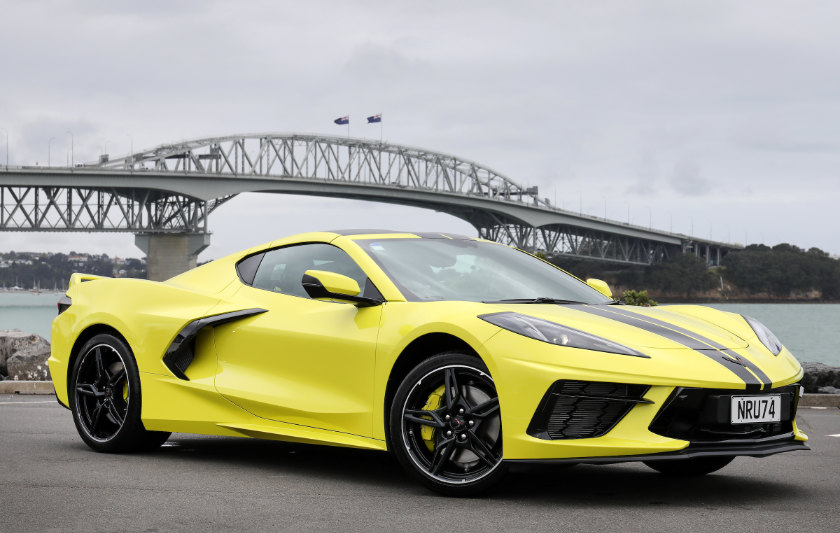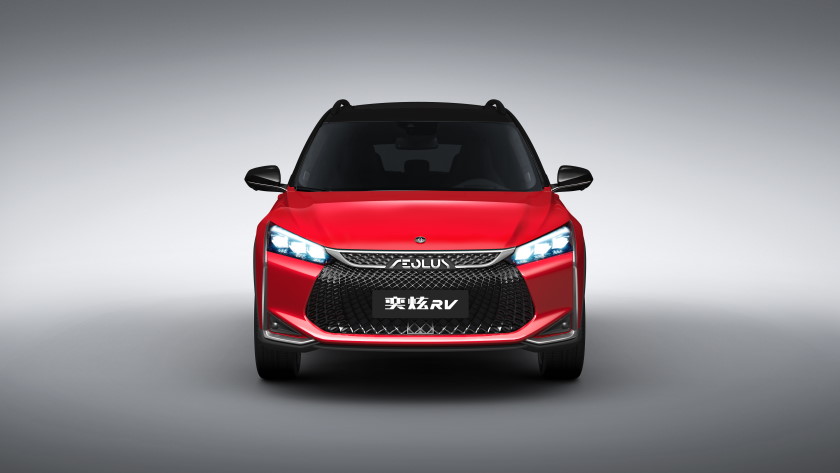It’s bittersweet to get news of the Chevrolet Corvette from what’s left of GM here in New Zealand, now a specialist importer of cars that are unlikely to sell in any great number. And we’re not unique, as the Sino-American firm pulls out of entire regions, and manufactures basically in China, North America, and South America. Peter Hanenberger’s prediction that there won’t be a GM in the near future appears to be coming true. What’s the bet that the South American ranges will eventually be superseded by Chinese product? Ford is already heading that way.
Inconceivable? If we go back to 1960, BMC was in the top 10 manufacturers in the world.
Out of interest, I decided to take four years—1990, 2000, 2010, and 2020—to see who the top 10 car manufacturers were. I haven’t confirmed 1990’s numbers with printed sources (they’re off YouTube) and I don’t know exactly what their measurement criteria are. Auto Katalog 1991–2 only gives country, not world manufacturer, totals and that was my most ready source.
Tables for 2000 and 2010 come from OICA, when they could be bothered compiling them. The last is from Daily Kanban and the very reliable Bertel Schmitt, though he concedes these are based on units sold, not units produced, due to the lack of data on the latter.
1990
1 GM
2 Ford
3 Toyota
4 Volkswagen
5 Daimler-Benz
6 Mitsubishi
7 Honda
8 Nissan
9 Suzuki
10 Hyundai
2000
1 GM
2 Ford
3 Toyota
4 Volkswagen
5 DaimlerChrysler
6 PSA
7 Fiat
8 Nissan
9 Renault
10 Honda
2010
1 Toyota
2 GM
3 Volkswagen (7,341,065)
4 Hyundai (5,764,918)
5 Ford
6 Nissan (3,982,162)
7 Honda
8 PSA
9 Suzuki
10 Renault (2,716,286)
If Renault’s and Nissan’s numbers were combined, and they probably should be at this point, then they would form the fourth largest grouping.
2020
1 Toyota
2 Volkswagen
3 Renault Nissan Mitsubishi
4 GM
5 Hyundai
6 Stellantis
7 Honda
8 Ford
9 Daimler
10 Suzuki
For years we could predict the GM–Ford–Toyota ordering but I still remember the headlines when Toyota edged GM out. GM disputed the figures because it wanted to be seen as the world’s number one. But by 2010 Toyota is firmly in number one and GM makes do with second place. Ford has plummeted to fifth as Volkswagen and Hyundai—by this point having made its own designs for just three and a half decades—overtake it.
Come 2020, with the American firms’ expertise lying in segment-quitting ahead of competing, they’ve sunk even further: GM in fourth and Ford in eighth.
It’s quite remarkable to me that Hyundai (presumably including Kia and Genesis) and Honda (including Acura) are in these tables with only a few brands, ditto with Daimler AG. Suzuki has its one brand, and that’s it (if you want to split hairs, of course there’s Maruti).
Toyota has Lexus and Daihatsu and a holding in Subaru, but given its broad range and international sales’ strength, it didn’t surprise me that it has managed to have podium finishes for the last three decades. It’s primarily used its own brand to do all its work, and that’s no mean feat.
I’m surprised we don’t see the Chinese groups in these tables but many are being included in the others’ totals. For instance, SAIC managed to shift 5,600,482 units sold in 2020 but some of those would have been counted in the Volkswagen and GM totals.
I won’t go into the reasons for the US manufacturers’ decline here, but things will need to change if they don’t want to keep falling down these tables. Right now, it seems they will continue to decline.








